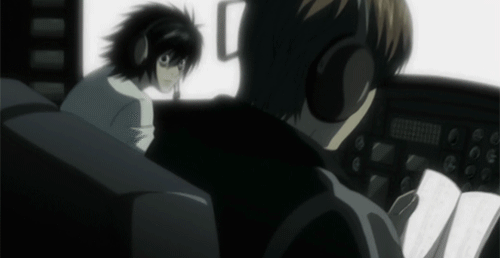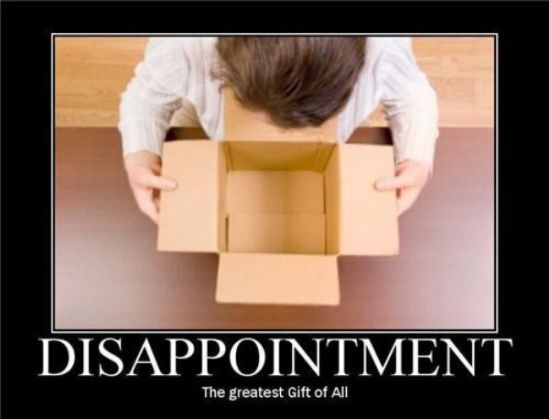Mo-Sanshon! by Bryce Walton appears in the Summer 1947 issue of Planet Stories. A facsimile copy can be found and read for free here.

Avid Sci-Fi reader Red Formica prepares to sacrifice his life to save mankind from an evil all-female race. #pulpmagtitlepagespoilers
Mo-Sanshon! was the sort of problematic and regressive science fiction I was hoping for when I’d first heard the accusations being leveled at the Sad and Rabid Puppies. The writing here was a bit tighter than Gardner F Fox’s Vassals of the Lode-Star, but the high-octane, no time for exposition balls-out action pacing that made Kung Fury a world-wide sensation can be felt in full force. Mo-Sanshon! has shoot-outs, clever disguises, intense torture scenes, space-ship crashes, evil sexy alien insects, a giant centipede and the sort of twist ending that you love even though you see it from a mile away. Originally, I’d offered more in the way of summarizing the story, but since it is there to read for free, go read it yourself, I won’t spoil too much for you.
Doctor Jonathan Ward is an Entomologist who has been sentenced to govern reprogramming. His crime? He believes that a race of Martian insects have concrete plans to destroy the human race, and that’s just crazy. As Dr Ward wonders what life will be like after his personality is erased, a taxi-driver named Red shows up to kill the guards and is all “Come with me, adventure time is now!”
Red is a self-proclaimed Fortean and sci-fi fan who has arranged the whole escape around his favorite book and its movie adaptation: he wants to save humanity just for the thrill of it. Red may have been an awkwardly executed, if not failed, experiment at writing a dangerously genre-savvy character. He knows exactly what’s going to happen and when because he’s planned this whole escapade from beginning to end based on his knowledge of pop-fiction; he’s a pulp hero intentionally basing himself on pulp heroes. Even though the twist could be seen fairly early on, it was hard to put a finger on what his angle was. Maybe he’s an anti-statist communist (a true believer that the “State” must wither and die for TruCommunism) or maybe he’s just throwing around words he’s heard (the character, not necessarily Walton). He’s coming from one of those places where he complains about the proletariat, but he hates homogeny and conformity unto death:
“How different and lonely their life must be – when you even compare it with ours. How envious and jealous they must be. And how they must hate us, buried as they are underground, hidden from the stars. Static, no individuality – that’s all lost in the colony. The State is all. And someday humanity may evolve into the same death trap. No wonder they want to destroy us. They can’t stand to see us keep on living, even partially free. It hurts.”
But hey, I mentioned problematic and regressive elements, didn’t I? Men like Red and his love of adventure and science fiction are unknowable and scourge to the Mo-Sanshon, and must be destroyed. Mo-Sanshon is not just a tale of men vs. giant insects. It is a tale of men standing up against a matriarchal society intent on stamping out free thought, and by extension, male adventure:
The great sentient blob of breeding brain machinery called the Queen Mother, pulsed on without perturbation. The creature beside him seemed unaffected; yet both of them must be trembling with fear, hate and indecision. An organization of females. And up there was the one Queen mother for the lot of them who layed all the eggs of her species, and dictated the policies for the rest. The works, soldiers, nurses—everyone was female. Even those who had assumed male humanoid form, such as the Executive Officer on the Sol and the Guard in the Federal Building, they were also female.
And the male—those representatives, whose voters of humanoid cultures—where were they? They didn’t exist as such. They were simply created as mates for the younger Queens. After the marriage flight they died, after a brief wholly utilitarian span devoted solely to the continuation of the Colony.
And he, Ward, a lowly Male, stood in their way. Ward reasoned that only through intense study over centuries of time had they been able to grasp enough humanoid concepts to even be able to recognize such an impossible situation. He, a lowly male—part of a ruling class!
Now, before you go trying to give this story the benefit of the doubt as some sort of progressive script-flipping, keep in mind that this is a 40s pulp story and it’s gonna end the way that 40s pulp stories end, the good guys are the good guys and the bad guys are, well, the bad gals. We’re supposed to cheer for the destruction of a race that would assuredly stamp out science fiction. The real message is that giant insects that can pose as human and disappear when you kill them are bad news, and Real Men must rise to the challenge to preserve individuality at all costs.
Mo-Sanshon! is not a particularly deep or insightful work of fiction, though it certainly does attempt to be at times. In fact, there may be too much one could read into it in a post-critical theory world, simply because its brief spats at philosophical ramblings tend to be muddled and vague beyond the clearer “individuality good/homogeny bad” motif. When you can read anything into something, you end up walking away with nothing, better to not over-analyze and enjoy the ride such as it is. So I’ll say that despite its flaws this was an incredibly fun read and leave it at that.



